(Editor’s note: Thanks to small town and rural small business expert and SmallBusiness.com contributor Becky McCray (SmallBizSurvival.com) (@BeckyMcCray), for allowing us to share with you this version of her insightful Rural Small Business Trends for 2014. If you are interested in the topic of small town and rural small businesses, be sure to subscribe to her weekly Small Biz Survival email.)
Every year, hundreds of small business trends are published. By default, they’re all written by and for urban businesses, people in big cities. Instead, I look at small towns, rural areas. Here, local trends matter more than national ones, but there are some overall trends of note. 2014 will be a good year for most rural economies, with strong business development and a continuing emphasis on all things local.
What is a small town? Mostly, these trends apply to towns under 20,000 in population. A few trends, especially the resurgence in local manufacturing and creative business forms, will apply even in much larger small cities.
1. Stage 2 businesses bloom in towns under 5,000
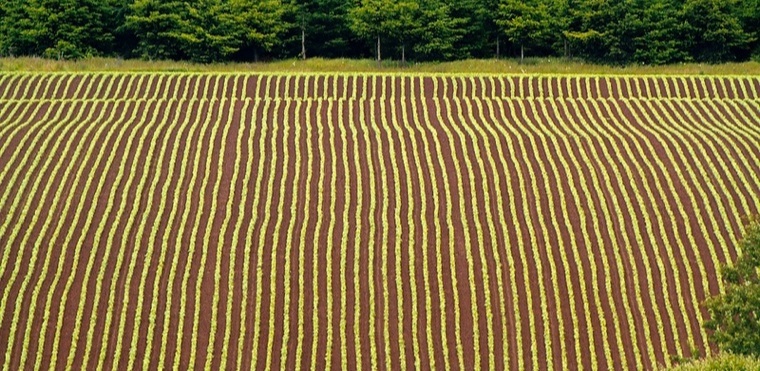
(Photo: Ian Sane via Flickr)
These are businesses that have already hired between 10 and 50 people and have potential to grow even more. In 2013, the economic gardening project NetWork Kansas worked with 41 of these Stage 2 businesses, and 61% were in towns with a population of 5,000 or fewer. This is an opportunity for supporting businesses like suppliers and service providers to connect with these growing firms.
2. Urban likes rural

(Photo via writRHET on Flickr)
People from big cities are loving small town stories. But like a lot of romantic relationships, it’s complicated. Ruralism is taking root in design, urban planning and leisure time pursuits. Placemaking is pushing cities to be more like small towns: walkable, community-oriented, humanscaled. Urban investors are looking to purchase farm ground and ranches for more lucrative investment returns. The interest in rural can be a marketing advantage for rural firms, and it can mean a bonus for rural tourism. It can also drive up prices for rural residents.
3. Brain Gain brings 30-44 year-olds to small towns
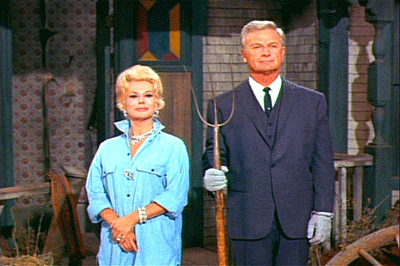
After decades of the “brain drain” of young people graduating and leaving small towns, a significant return flow of adults is changing rural dynamics. These 30-44 year-olds arrive with college degrees, years of experience in the workplace and large professional networks. Many come with substantial savings or proceeds from selling an expensive house in a metro area. These new rural residents aren’t looking for jobs. They start businesses at much higher rates than others. Often, they are families with young children, boosting rural school enrollments. Frequently, they are picking a small community that they have never lived in before, so they represent a recruiting opportunity.
4. Entrepreneurs get creative about business forms
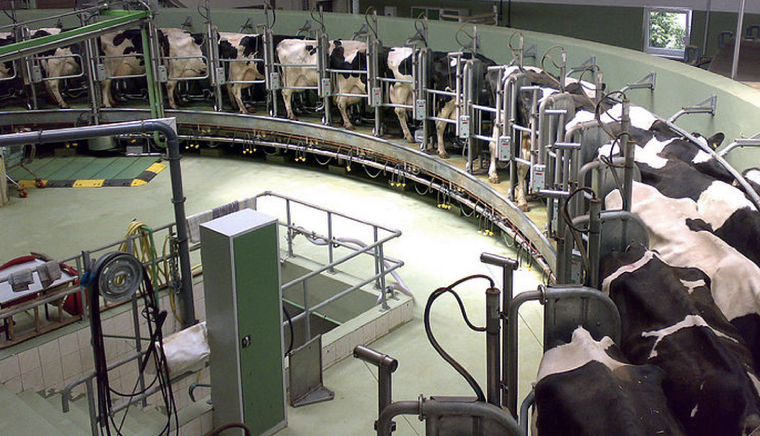
(Photo via: WikiMedia Commons)
Cooperatives are for more than just the grain elevator and the electric utility. Coworking, pop-ups and combination businesses are pooling resources and cutting costs. Community ownership is taking over where individual ownership can’t make a go of it. Not-just-for-profit businesses are paying attention to their own bottom line, their people, and the community. Successful business owners are investing back into their community. The opportunity here is to think outside the usual forms when creating or re-creating a rural business.
5. Energy transmission is lighting up business opportunities

(Photo via Chuck Coker on Flickr)
Energy booms are ongoing in several key rural areas. Construction of the transmission infrastructure means spillover opportunities. Wind power projects create transmission lines, transportation, construction and maintenance opportunities. Oil and gas development leads to more pipelines. The controversial Keystone XL pipeline grabs the headlines, but hundreds of small pipeline projects are going on across the country, generating more local activity.
6. Everyone is thinking local
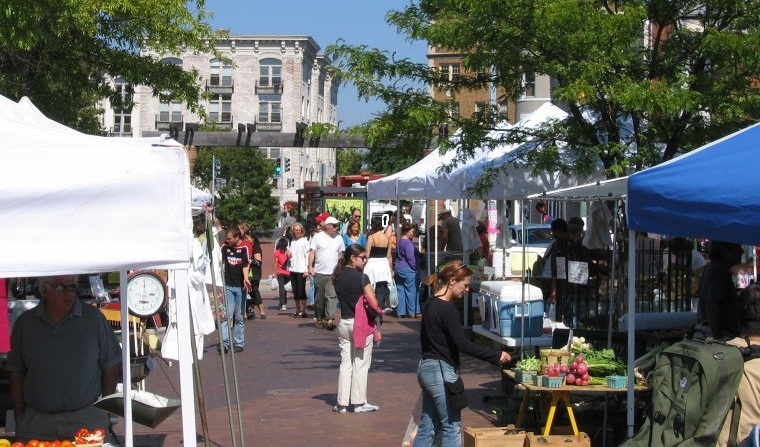
(Photo: WikiMedia Commons)
“Shop Local” is long past being news, but it has rolled up with local foods, local art, local travel and local culture to create an entire local movement. Consumers are much more aware of the importance of local business to their local economy, so rural businesses can tap into that by showing support of local causes and connecting to the local community.
7. Rural ecommerce is up and down

(Photo: SquareUp.com)
Amazon is now collecting sales tax in 19 states, and also ramping up sameday delivery in major metro areas. As Amazon charges sales tax on more purchases, small town merchants will be closer to being able to match their prices. Rural retailers still need to build closer ties to customers and leverage instant gratification to compete. (Instant is better than same-day.) With the closure of more U.S. Postal Service distribution centers, package delivery times for rural areas are going up. Rural businesses that previously saw their shipments arrive the next day, now report similar shipments taking five days. Rural eCommerce firms have to explore alternative delivery services, and it’s not like there are a lot of choices in most rural areas.
8. Rural has the low cost advantage
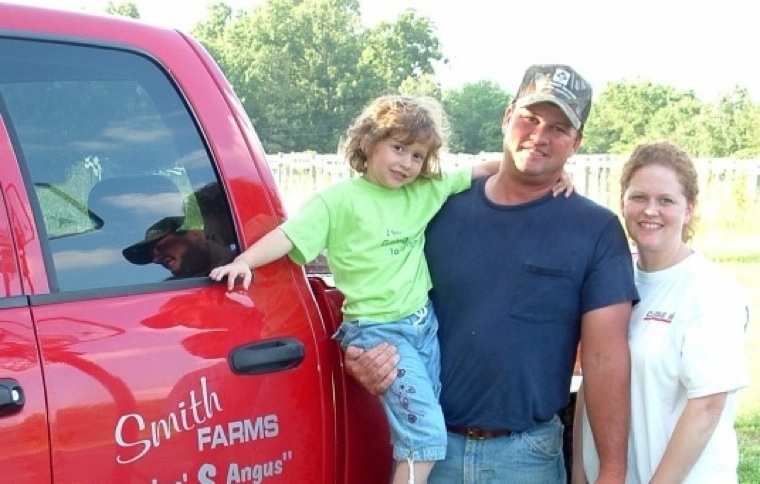
(Photo: USDA.gov via Flickr)
As housing costs start to spike again, the regional differences in cost of living and cost of doing business are making headlines. Businesses are starting to take advantage of this with low-cost rural locations. Rural sourcing took hold first in IT consulting and is spreading to other services. The rural self-employed are also benefitting, attracting work from major metro areas. Tools like Fiverr, crowdSPRING, and Elance let small town people use the internet to acquire work from anywhere, including urban customers.
9. Local manufacturing surges again
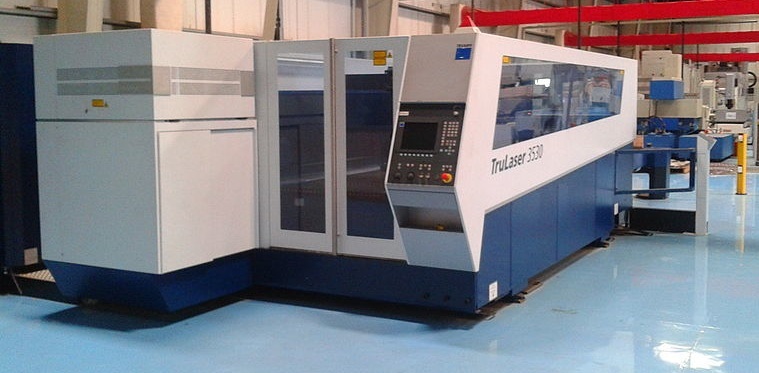
(Photo: WikiMedia Commons)
The reshoring of manufacturing is making national headlines, but it’s rural areas that are reaping the most new projects. Between the labor and energy, U.S. manufacturing is again cost competitive for many projects, if located outside of expensive major metro areas. Supporting suppliers and services in rural areas will grow along with small custom manufacturing firms.
(Featured Photo: Trey Ratcliff via Flickr)
